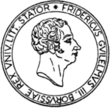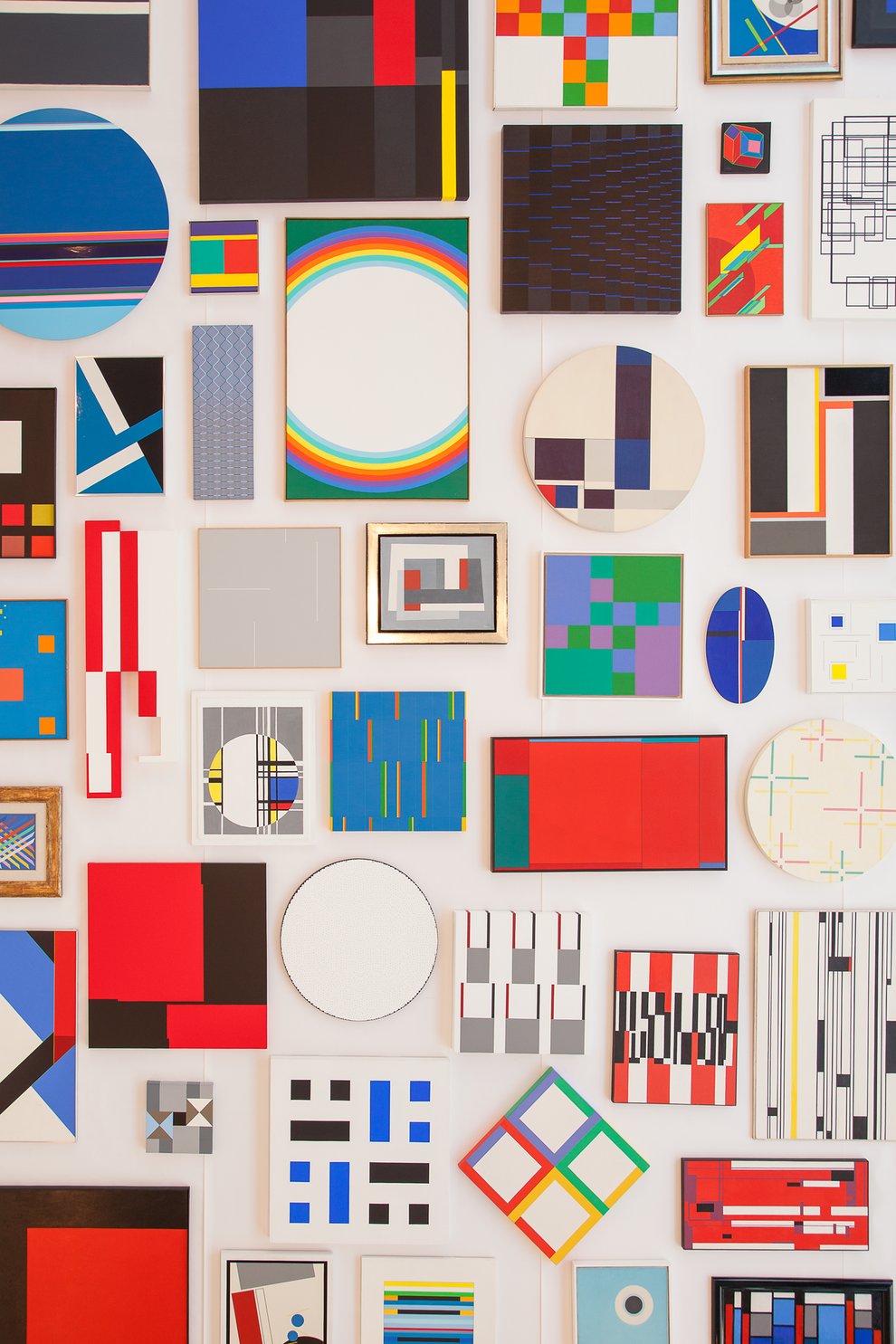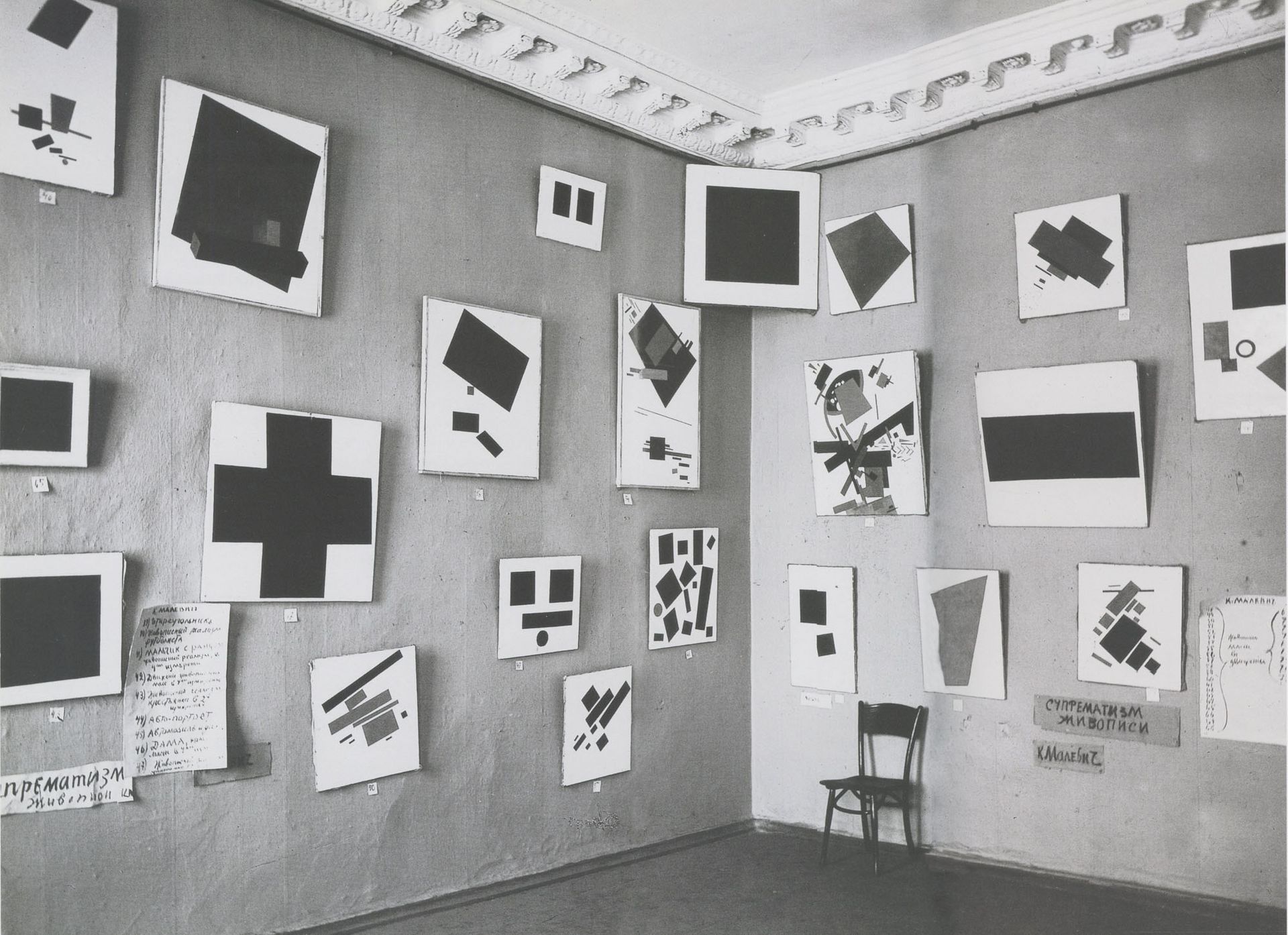200 years of Bonn University - 200 works of art from the Arithmeum collection
Traditionally, universities see themselves as places of the whole sciences „universitas litterarum“. In the beginning, attending a university meant studying „septem artes liberalales“, i. e. the seven free arts: grammar, rhetoric, dialectics, arithmetic, geometry, music and astronomy. These subjects, which each student had to complete, were complemented by theology, jurisprudence and medicine. Thanks to this diversity of subjects, every student has experienced a look „beyond his or her own nose“. All the major universities have made it their task to continue to provide students with this view despite their strong specialisation. In addition to the teaching and research institutions, the campus also houses museums and concert halls for the cultural enrichment of education. The Rheinische Friedrich - Wilhelms-Universität Bonn offers students, residents and visitors of Bonn such a cultural enrichment in the form of diverse university museums and concerts.
The Arithmeum of the Rheinische Friedrich-Wilhelms-University Bonn combines the world's most comprehensive collection of historical calculating machines, an outstanding collection of geometrical-constructive art, bibliophile Rara and the concert series „concerto discreto“ with excellent research and teaching at the Research Institute for Discrete Mathematics.
„200 years of the University of Bonn“ are a perfect occasion for this exhibition of „200 works from the Arithmeum Collection“ to highlight this cultural diversity of the University of Bonn's offerings in a playful way. As simple as the idea sounds, as challenging and exciting was its implementation. Today, works of geometric-constructive art are presented in almost all art museums in classical hanging with a lot of distance and at eye level with the visitors. A St. Petersburg hanging, in which the paintings are displayed on a wall close to the wall, is usually assigned to a different genre of art. But looking at the exhibition history of constructive art, this was not always the case. The first presentations, some of which were made by the artists themselves, such as the Suprematist Kasimir Malevich, such as the 1915 Petrograd exhibition entitled „0.10“, showed this new art in a wall-filling and wall-designing hanging.
The exhibition „200 years of the University of Bonn - 200 works from the Arithmeum Collection“ opens up new perspectives on geometric-constructive art, which lacks any kind of museum sterility and inspires an active correspondence between the works.
Works by Nordic constructivists can be found alongside the works of Swiss concrete and contemporary American artists, these in turn alongside those of Italian constructivists and the founders of hard edge painting in the USA.
This approach to presenting works from the Arithmeum's collection, which is detached from the usual classification criteria, allows an unrestricted view of these works of art.
Lines, colours, structures and shapes suddenly come to the fore. The human eye, which always unconsciously searches for order criteria, begins to mediate between the works. On a single wall with 71 images, it can jump from circles to circles in the individual compositions or search for diagonals. But also the search for a color correspondence in the works can turn out to be an interesting optical journey in front of this wall.
„200 works from the Arithmeum Collection“ opens up a new dimension that presents the collection's artistic richness in a new light. Due to the density of the presentation, visitors are shown in an impressive way the variety and vitality of the geometric-constructive art movement. The mathematical, intellectual and cool impressions that this art creates for some viewers give way to an emotional perception in this hanging through numerous visual fields of tension. References between each other become clear. In principle, very orderly in mutant compositions in combination with the other works contribute to a confusing play that brings the poetic radiance of the pictures to life. The dialogue between the works stimulates the viewer to look creatively and to overcome the classical approach of a museum visitor. Instead, it is allowed to watch in a playful way. Regardless of the artist's knowledge and the intention of the work, the geometric forms can begin a life of their own in the eye of the beholder.








